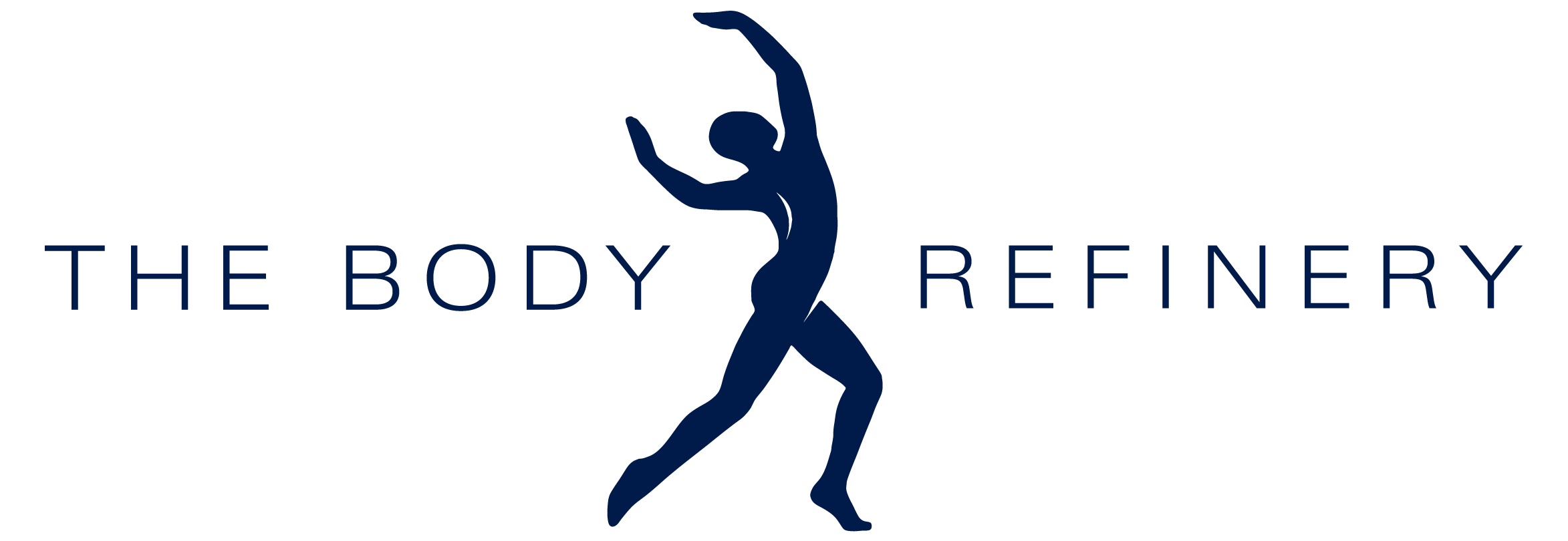Physiotherapy is treatment to restore, maintain, and make the most of a patient’s mobility, function, and well-being. Physiotherapy helps through physical rehabilitation, injury prevention, and health and fitness. Physiotherapists get you involved in your own recovery.
Physiotherapists are experts in the structure of the human body and its movement. They work with people of all ages to treat a broad range of health conditions including sports injuries and musculoskeletal conditions as well as chronic health conditions such as diabetes, obesity, osteoarthritis, and stroke.
Physiotherapists are involved in the assessment, diagnosis, planning, and management of patient care in areas with musculoskeletal, cardiothoracic, and neurological problems. Physiotherapists help patients with chronic disease management, provide lifestyle modification and self-management advice, prescribe aids and appliances, prescribe, and supervise exercises for both patients and carers, and provide health promotion education, occupational health assessments and injury prevention activities.
You can benefit from physiotherapy at any time in your life. Physiotherapy helps with back pain or sudden injury, managing long-term medical conditions such as asthma, and preparing for childbirth or a sporting event.
History of Physiotherapy
Physiotherapy, which is commonly called physical therapy in other countries, is a branch of science that primarily deals with physical medicine and physical rehabilitation. The process involves the use of mechanical movements and force to remediate impairments and help promote function, mobility, and quality of life. This is completed using assessment, evaluation, diagnosis, prognosis, and physical intervention.
It is believed that Physiotherapy has been practised from as early as 400 BC by Hippocrates and Galen physicians as they advocated manual therapy techniques, massage, and hydrotherapy methods in treating their patients. Physiotherapy as a profession, however, was forged in the aftermath of World War 1. Many young men returned from the battlefields with broken bodies that needed careful repair. Initially, the wounded relied on therapeutic massage and electrotherapy for pain management.
Management of acute conditions morphed into the management of chronic conditions. Exercise-based therapy was developed to manage chronic conditions and chronic pain. It was noticed by the medical profession and physiotherapists became a legitimate part of the healthcare system.
In the early 1950s, the British Commonwealth countries promoted the use of manipulative procedures to the spine and extremity joints. Simultaneous with the development of polio vaccines, the popularity of physical therapists increased across Europe and North America.
Physiotherapists began to work outside the hospital premises in the late 1950s when they worked in outpatient orthopaedic clinics, local physio clinics, rehabilitation centres, medical centres, public schools, colleges/universities and health centres, among others.
Physiotherapy is a profession offering a range of benefits to people of all ages. To find out more, contact our friendly team or book an appointment today.



